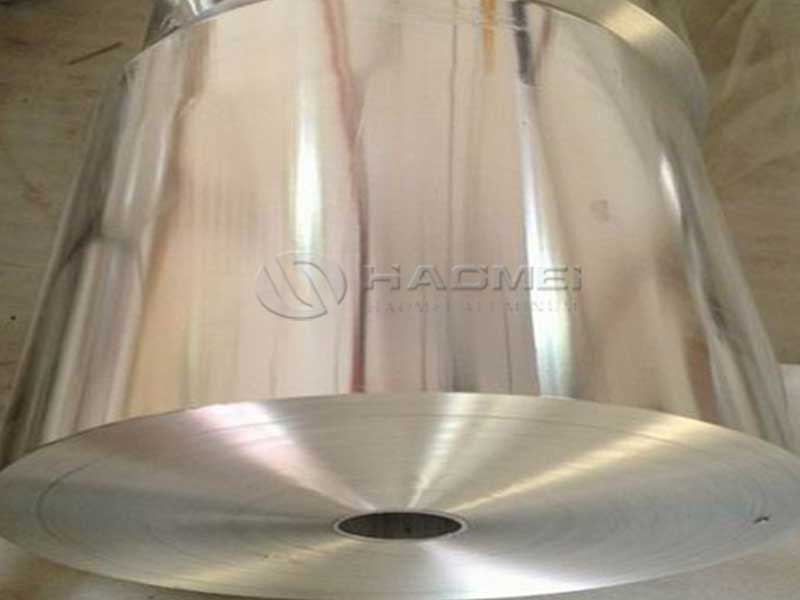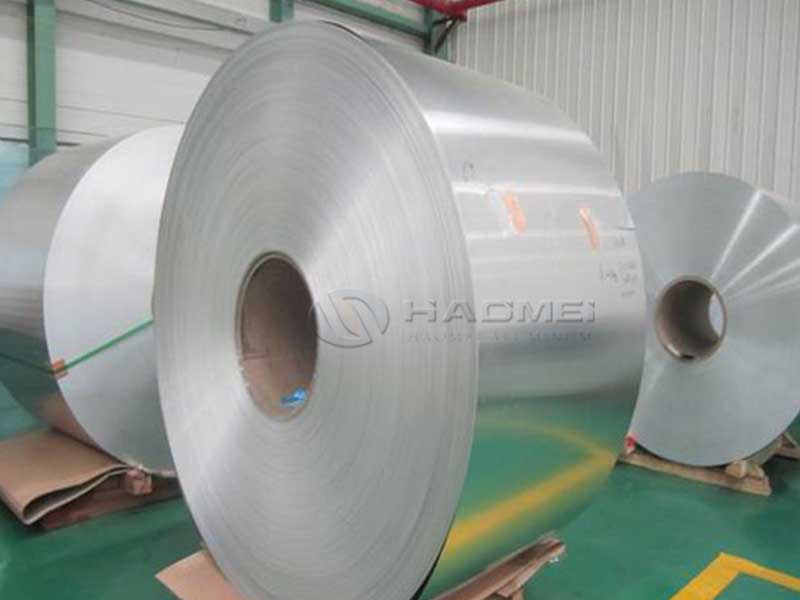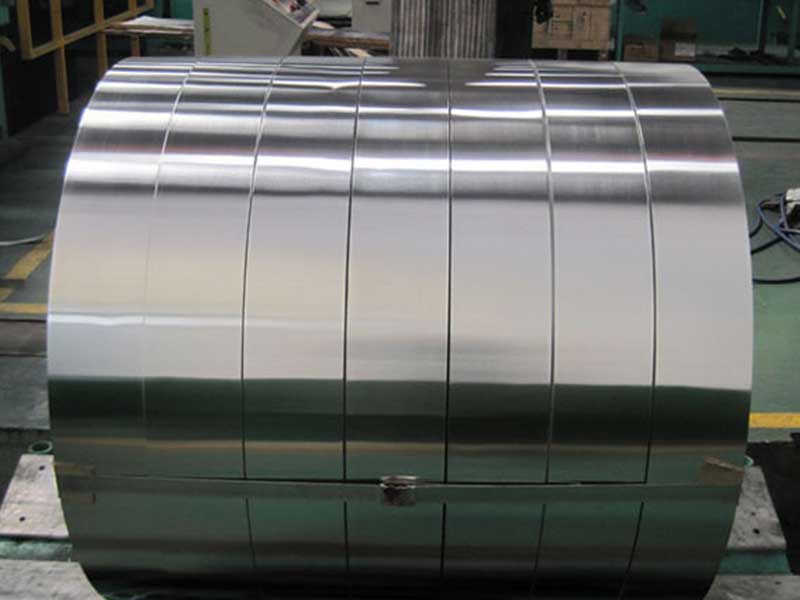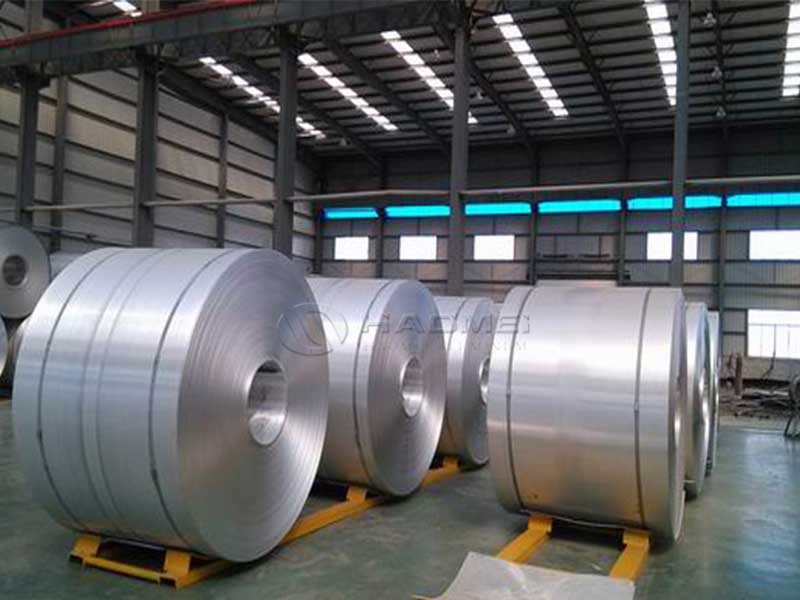2024-09-09 https://www.aluminum-coils.com/a/which-side-of-aluminium-foil-should-touch-food.html
Which Side of Aluminum Foil Should Touch Food? Understanding Its Features and Applications
Aluminum foil is a common kitchen staple, renowned for its versatility and practicality in food preparation and storage. However, many people often wonder: *Which side of aluminum foil should touch food?* This article will aim to clarify that question and delve into the unique features and diverse applications of aluminum foil.
The Science Behind Aluminum Foil
Before we tackle the pressing question of which side to use, it’s important to understand what aluminum foil is composed of. Often noted for its conductive properties, aluminum foil is typically manufactured as two sides—one shiny and one dull.
- Shiny Side: This side is produced during the last rolling process when the ale is rolled more than once. It reflects heat better, which can make it more advantageous in some cooking applications—like roasting or baking, where it can help ensure that the food cooks evenly.
- Dull Side: The dull side is created as a result of having come into contact with another flat surface in the manufacturing process. It absorbs heat instead of reflecting it, which may also be beneficial in certain cooking methods.
So, in terms of food safety, both sides are safe to use. The notion that one side is 'better' than the other comes down to food interactions rather than hygiene. This brings us back to the ultimate rule of thumb: using either side is appropriate, but select the shiny or dull side depending on the cooking style or outcome you prefer!
The Applications of Aluminum Foil
Aluminum foil's uses are numerous, providing countless advantages across various culinary aspects:
1. Cooking and Baking: Aluminum foil is frequently utilized in the oven for cooking dishes evenly or covering casserole dishes to minimize moisture loss. Some professional chefs recommend placing the shiny side out to enhance thermal reflection while baking but remember—the hormone-in-homogeneity in cooking means any foil orientation will produce similar outcomes.
2. Food Storage: When wrapping leftovers, the dull side is often suggested to be used against food, sealing in the flavor due to its absorption capabilities. Even so, the significant guiding principle is getting an airtight seal regardless of side used.
3. Grilling and Barbecuing: Grilling food in aluminum foil is a preferred method. Moreover, you can wrap vegetables, fish, or shore meats with the dull side in—or fold foil a certain way to create pockets that increase moist flavor in your grilling meat!
4. Protective Layer: Whether you are covering certain dishes in the fridge to prevent flavor transfer or creating proper shields for baking vegetables on a tray, aluminum foil effectively protects flavors and ensures cross-taste contamination is minimized.
5. Crafts and Disaster Escape: Beyond its primary culinary uses, aluminum foil sees versatility in crafts and expedient emergency uses. Photographers even utilize it as a makeshift reflector for “hard” light conditions!











